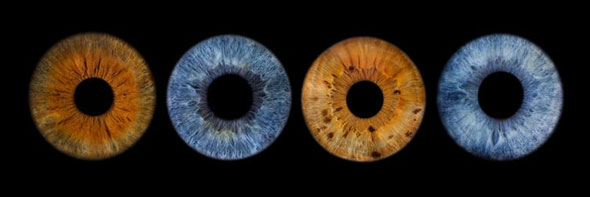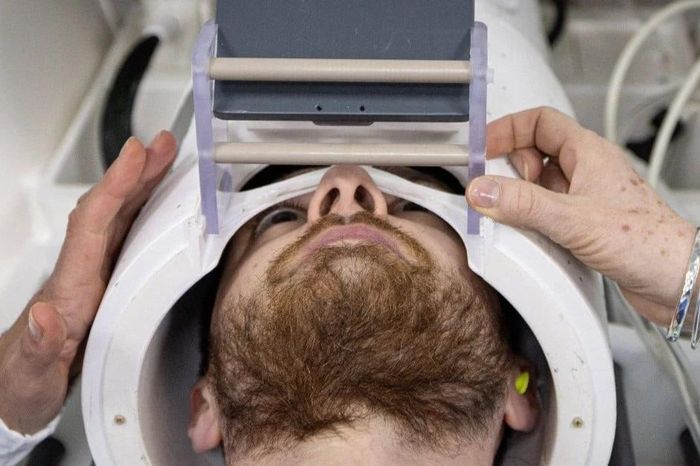Each person's eye color is different from anyone else's, why is that?
Eye color is the color of the iris, the colored part around the pupil (the small black spot in the center of the eye). There is an interesting fact that each person has a unique eye color, similar to fingerprints.

The most common eye color is brown, followed by blue, green or hazel. In addition, the iris can be a mixed color such as brown with yellow points, brown with green points or brown with blue points.
The iris lies inside the eye, under a clear, colorless layer called the cornea that is less than half a millimeter thin. The iris has many cells, special muscles, blood vessels and nerves. Surrounding the iris is a slimy substance with millions of small fibers crisscrossing each other.
The human body only produces brown iris pigment (melanin), not blue, green or maroon iris pigment.
Iris pigment cells contain melanosomes. All colors in the iris have the same number of pigment cells, but the pigment granules inside the cells are different, for example brown iris has more pigment granules than blue.
Other cells of the iris make small fibers and mucus in the iris, which helps protect the iris from damage. The pupil can contract or dilate thanks to special muscles of the iris with elastic fibers.
The back of the iris is a dark surface with cells filled with pigment. The posterior surface pigment helps prevent light from scattering through the iris, so it has a good effect on vision.
White light contains a rainbow of colors from blue to red. When light passes through the iris, blue light scatters more than other colors and is reflected back. Then, if there are fewer pigment particles, we will see that the iris is blue.
Other colors in light, especially red, scatter less and enter the iris between fibers, sebum, and cells. Therefore, green, hazel or brown eyes have more pigment particles that absorb this light.
Thus, it is the result of the scattering of some colors under light more or less than other colors combined with brown pigment particles absorbing more of some colors and the number of pigment particles determines the color of a person's eyes.

The color of the iris does not remain the same throughout life but can change due to many dark pigments produced in iris cells after the child is born. For example, babies with blue eyes can change to brown or hazel eyes after just 1 day of age.
Certain diseases or injuries can also cause the color of the iris to change.
Some people are born with one brown eye and one blue eye, and this never changes throughout their lives. The cause of this has not yet been determined.
 Korea's 'artificial sun' sets a new record, withstanding 100 million degrees Celsius and maintaining it for nearly 50 seconds
Korea's 'artificial sun' sets a new record, withstanding 100 million degrees Celsius and maintaining it for nearly 50 seconds A 3,000-year-old ghost fortress 'rises' under a layer of seaweed
A 3,000-year-old ghost fortress 'rises' under a layer of seaweed NASA will establish a standard time for the Moon
NASA will establish a standard time for the Moon The most powerful MRI scanner provides the first accurate images of the human brain
The most powerful MRI scanner provides the first accurate images of the human brain Find out what the Ring of Fire is that causes earthquakes so often
Find out what the Ring of Fire is that causes earthquakes so often Botswana threatens to send 20,000 elephants to Germany
Botswana threatens to send 20,000 elephants to Germany